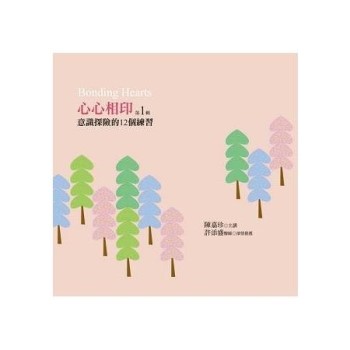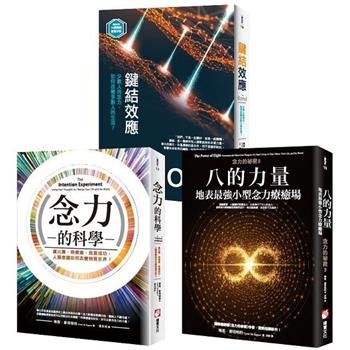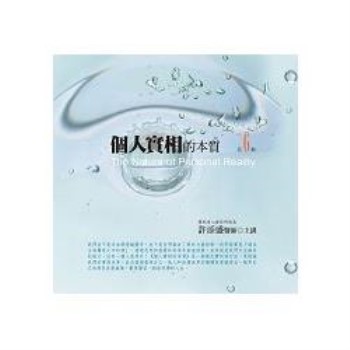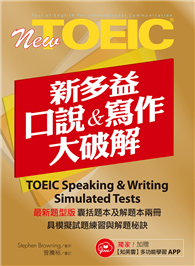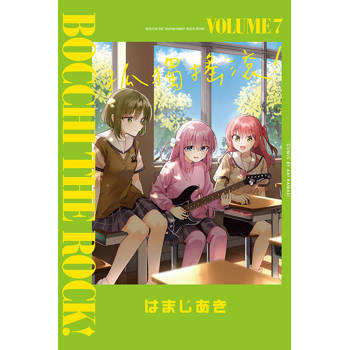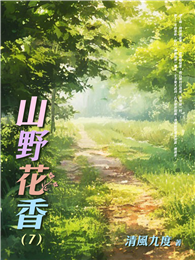| FindBook |
有 4 項符合
增壹阿含研究的圖書 |
 |
Ekottarika-agamaStudies增壹阿含研究 出版社:法鼓 出版日期:2016-09-01 語言:英文 規格:平裝 / 672頁 / 25k正 / 14.8 x 21 cm / 普通級/ 單色印刷 / 初版 |
| 圖書選購 |
| 型式 | 價格 | 供應商 | 所屬目錄 | $ 238 |
文史哲 |
$ 612 |
中文書 |
$ 612 |
佛教 |
$ 612 |
宗教命理 |
|---|
| 圖書館借閱 |
| 國家圖書館 | 全國圖書書目資訊網 | 國立公共資訊圖書館 | 電子書服務平台 | MetaCat 跨館整合查詢 |
| 臺北市立圖書館 | 新北市立圖書館 | 基隆市公共圖書館 | 桃園市立圖書館 | 新竹縣公共圖書館 |
| 苗栗縣立圖書館 | 臺中市立圖書館 | 彰化縣公共圖書館 | 南投縣文化局 | 雲林縣公共圖書館 |
| 嘉義縣圖書館 | 臺南市立圖書館 | 高雄市立圖書館 | 屏東縣公共圖書館 | 宜蘭縣公共圖書館 |
| 花蓮縣文化局 | 臺東縣文化處 |
|
|
The present book collects research papers by Bhikkhu Anālayo with translations of Ekottarika-āgama discourses and comparative studies of their Pāli parallels, together with three appendices on the terms Mahāyāna, Hīnayāna, and Theravāda. Several papers study aspects of the Ekottarika-āgama as a collection distinct from other Nikāya and Āgama collections. In addition, topics taken up in the course of this book are seclusion, the lion's roar, the wheel-turning king, Paccekabuddhas, and the four noble truths, as well as depictions of accomplished nuns and their significance.
Dharma Drum Institute of Liberal Arts (DILA) Series
In 1994, Master Sheng Yen (1931-2009), the founder of Dharma Drum Buddhist College, began publishing the series of the Chung-Hwa Institute of Buddhist Studies. The purposes of publishing this series were to provide a venue for academic research in Buddhist studies supported by scholarships from the Chung-Hwa Institute of Buddhist Studies, to encourage top-quality Buddhist research, and to cultivate an interest in Buddhist research among the readership of the series. Moreover, by encouraging cooperation with international research institutions, Master Sheng Yen hoped to foster the academic study of Buddhism in Taiwan.
In keeping with this vision, in order to promote different aspects of exchange in academic research, we at Dharma Drum Buddhist College began to publish three educational series in 2007:
- Dharma Drum Buddhist College Research Series (DDBCRS)
- Dharma Drum Buddhist College Translation Series (DDBCTS)
- Dharma Drum Buddhist College Special Series (DDBCSS)
In July 2014, the Taiwanese Ministry of Education deliberated on the merging of the Dharma Drum College of Humanities and Social Sciences and the Dharma Drum Buddhist College into the newly formed Dharma Drum Institute of Liberal Arts (DILA).
The new DILA incarnations of the former three series are now:
- Dharma Drum Institute of Liberal Arts Research Series (DILA-RS)
- Dharma Drum Institute of Liberal Arts Translation Series (DILA-TS)
- Dharma Drum Institute of Liberal Arts Special Series (DILA-SS)
Among our goals is the extensive development of digital publishing and information to adapt to the interactive and hyperconnective environment of the Web 2.0 age. This will allow research outcomes to be quickly shared and evaluated through the participation of individual users, through such media as blogs, shared tagging, wikis, social networks and so on. Our hope is to work towards developing an open environment for academic studies (perhaps called Science 2.0) on digital humanities that will be more collaborative and efficient than traditional academic studies. In this way, the Dharma Drum Institute of Liberal Arts will continue to help foster the availability of digital resources for Buddhist studies, the humanities, and the social sciences.
Bhiksu Huimin
President, Dharma Drum Institute of Liberal Arts
15 August, 2014
作者簡介:
Bhikkhu Anālayo was born in Germany in 1962 and ordained in Sri Lanka in 1995. He completed a Ph.D. thesis at the University of Peradeniya (Sri Lanka) in 2000 and a habilitation thesis at the University of Marburg (Germany) in 2007. At present he is a professor at the University of Hamburg, Numata Center for Buddhist Studies (Germany).
Debates about the school affiliation of the Ekottarika-agama, doubts about the identity of the translator, criticisms of the quality and consistency of the translation - these and other problems have placed the Ekottarika in an insecure position vis-a-vis the other Agamas translated into Chinese. Apparent "Mahayana influences" or "interpolations" have led to uncertainties about the status of the extant Ekottarika-agama (Taisho 125) as the genuine Agama of any of the early Indian school...
List of Tables and Plates vii
DILA Series ix
Foreword xi
Introduction 1
Bhayabherava-sutta (MN 4) 9
Cūḷasīhanāda-sutta (MN 11) 31
Kakacūpama-sutta (MN 21) 51
Bhaddāli-sutta (MN 65) 87
Makhādeva-sutta (MN 83) Part 1 113
Makhādeva-sutta (MN 83) Part 2 141
Makhādeva-sutta (MN 83) Part 3 165
Isigili-sutta (MN 116) 215
Saccavibhaṅga-sutta (MN 141) 239
Jiṇṇa-sutta (SN 16.5) 249
Dhammacakkappavattana-sutta (SN 56.11) 267
Etadagga-vagga (AN 1.14.5) ...
- 作者: Anālayo
- 出版社: 法鼓文化公司 出版日期:2016-09-01 ISBN/ISSN:9789575987220
- 語言:繁體中文 裝訂方式:平裝 頁數:672頁 開數:正25K
- 類別: 中文書> 哲學宗教> 佛教
|
